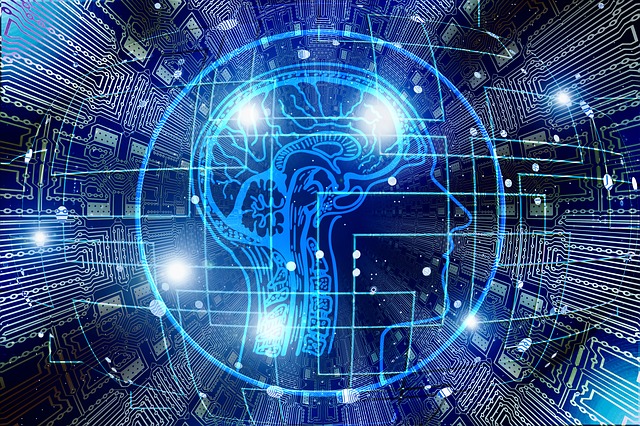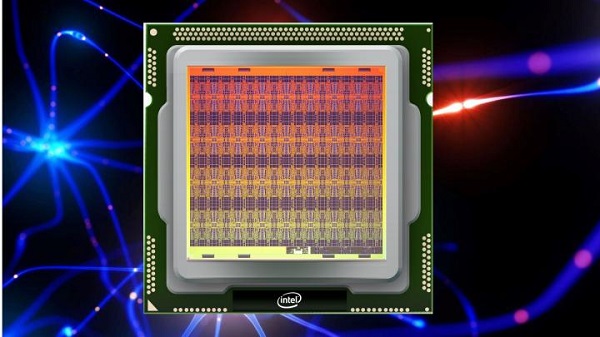In this regular column we take a look at highlights for breaking research topics of the day in the areas of big data, data science, machine learning, AI and deep learning. For data scientists, it’s important to keep connected with the research arm of the field in order to understand where the technology is headed. Enjoy!
Research Highlights: Interactive continual learning for robots: a neuromorphicapproach
Research Highlights: Singapore Researchers Look to Intel Neuromorphic Computing to Help Enable Robots That ‘Feel’
Today, two researchers from the National University of Singapore (NUS), who are members of the Intel Neuromorphic Research Community (INRC), presented new findings demonstrating the promise of event-based vision and touch sensing in combination with Intel’s neuromorphic processing for robotics. The work highlights how bringing a sense of touch to robotics can significantly improve capabilities and functionality compared to today’s visual-only systems and how neuromorphic processors can outperform traditional architectures in processing such sensory data.
Intel + Cornell Pioneering Work in the “Science of Smell”
Nature Machine Intelligence published a joint paper from researchers at Intel Labs and Cornell University demonstrating the ability of Intel’s neuromorphic test chip, Loihi, to learn and recognize 10 hazardous chemicals, even in the presence of significant noise and occlusion. The work demonstrates how neuromorphic computing could be used to detect smells that are precursors to explosives, narcotics and more.






